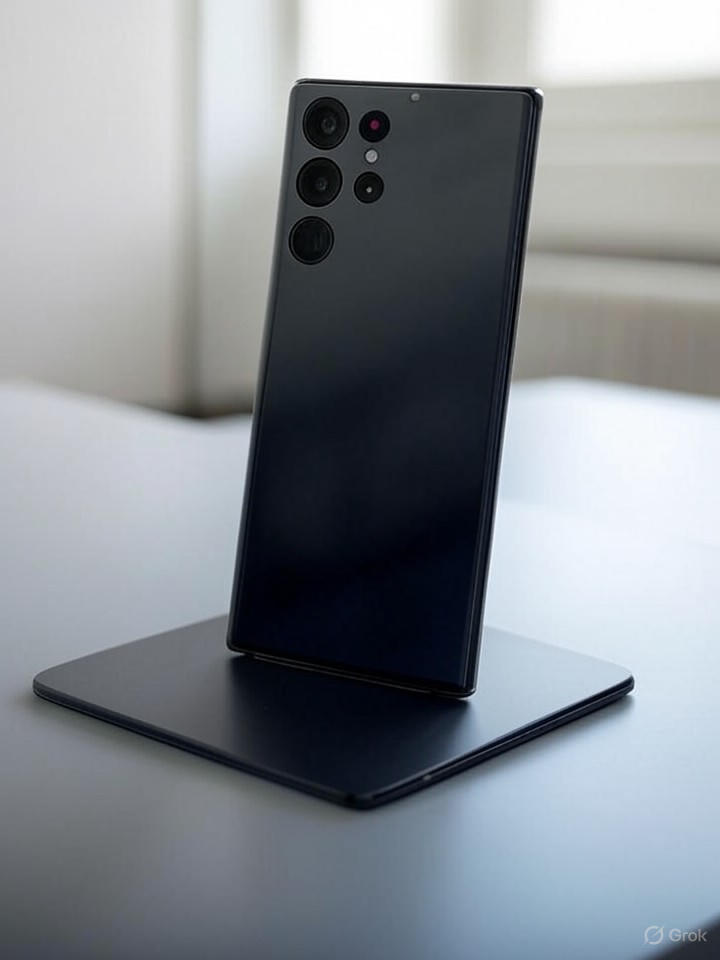Scientists are advancing military navigation systems by leveraging quantum physics, potentially rendering GPS obsolete. A recent article in the Wall Street Journal, published on November 20, 2025, outlines how the Australian startup Q-CTRL successfully tested a small aircraft equipped with quantum sensors that utilize Earth’s magnetic field. This innovation emerges as a significant solution amid increasing threats from adversaries like Russia and China and rampant GPS jamming and spoofing incidents, particularly noted during the conflict in Ukraine.
The use of quantum sensors marks a pivotal moment for military operations. Traditional GPS systems have been vulnerable to disruption, impacting both military assets and civilian aviation. As reported by the Wall Street Journal, the United States Department of Defense and its allies are investing urgently in quantum-based navigation solutions. Q-CTRL’s device, specifically an optically pumped magnetometer, employs lasers to manipulate rubidium atoms, enabling it to detect magnetic field variations. During a test flight over Griffith, Australia, the system demonstrated its capabilities by outperforming traditional inertial navigation systems by more than tenfold.
The Race Against Jamming Threats
Concerns about GPS vulnerabilities have escalated, prompting initiatives like the Pentagon’s Robust Quantum Sensors program, which supports Q-CTRL in developing rugged quantum navigation systems for contested environments. Tests have shown promise in scenarios where GPS is unavailable. This effort aligns with broader military strategies, including upcoming tests of quantum inertial sensors on the U.S. military’s X-37B spaceplane, scheduled for August 21, 2025.
The Department of Defense is keen on quantum sensing for various platforms—aircraft, ships, and submarines—where traditional signals are often unreliable. Recent reports indicate that Boeing is integrating quantum inertial measurement units (IMUs) with advanced sensors to enhance navigation precision.
The involvement of the Defense Advanced Research Projects Agency (DARPA) is crucial, as it collaborates with companies like Lockheed Martin to advance the development of quantum sensors for defense applications. Publications such as National Defense Magazine have noted that developments in quantum sensing have accelerated significantly in 2025 due to heightened geopolitical tensions.
Latest Breakthroughs in Quantum Navigation
Recent agreements, including one between SandboxAQ and the Defense Innovation Unit (DIU), aim to integrate AQNav, an AI-driven quantum navigation software, into military systems. This partnership intends to enhance resilience in navigation during GPS-denied operations. The Pentagon is also expanding its collaboration with SandboxAQ to deploy these alternatives swiftly across critical sectors.
Moreover, Maris-Tech has formed a strategic agreement with Quantum Gyro to develop a quantum-based gyroscope, targeting GPS replacement in drones and autonomous missions. European efforts, particularly in Eastern Europe, are focused on strengthening quantum sensing capabilities to counteract rising interference challenges.
The technology relies on a sensor head containing rubidium atoms, which act as sensitive compass needles. A pump laser aligns these atoms, while a probe laser measures magnetic field changes, calculating their strength with remarkable precision. Q-CTRL founder Michael J. Biercuk provided an apt analogy, likening the system’s operation to navigating in nature using landmarks.
Despite the significant advancements, challenges remain, particularly the need for detailed, up-to-date magnetic maps and reducing costs for widespread adoption, especially among low-cost drones. Experts like Allison Kealy from Swinburne University caution that while quantum technology shows promise, it possesses inherent strengths and weaknesses.
Pentagon’s Strategic Investments and Global Collaborations
The Defense Department has initiated a program aimed at fortifying quantum sensors against vibrations and electromagnetic interference. Contracts awarded to Q-CTRL and Safran Federal Systems reflect the urgent need for effective navigation in environments where GPS is denied. Tanya Monro, chief scientist for Australia’s Department of Defence, emphasized the “absolute, driving need to operate with complete denial of GPS.”
Field trials conducted by Q-CTRL have reportedly achieved a verified quantum advantage, with over 140 hours of operation on Australian vessels. Additionally, SandboxAQ has highlighted AQNav’s capability in providing precise location data without GPS, enhancing resilience for various industries reliant on navigation.
Integrating quantum technology with existing systems like M-code GPS presents opportunities for layered defenses against jamming threats. Collaborations, such as that between Q-CTRL and Lockheed Martin, accelerate the deployment of these technologies.
Real-world tests have shown that Q-CTRL’s sensors can achieve position estimates within 620 feet over distances of 80 miles, significantly surpassing the performance of existing inertial systems. While the potential is immense, not all tests have been without issues; a communication glitch during tests in Griffith required sensor replacements. Researchers like Yuval Cohen at Q-CTRL have expressed concerns about the sensors’ durability in extreme scenarios like rocket launches or crashes, highlighting the need for further testing.
Broader Implications for Military and Civilian Sectors
The implications of quantum navigation systems extend beyond military applications. They offer potential benefits for civilian infrastructure, particularly in transportation and logistics where GPS spoofing risks are a growing concern. The U.S. Army’s earlier initiatives on quantum sensors for radio frequency detection signal multifunctional applications for the technology.
European nations are also prioritizing resilient positioning, navigation, and timing (PNT) systems in response to the increasing interference challenges. Australian officials have positioned quantum sensing as a priority, recognizing its importance in maintaining operational integrity.
As adversaries enhance their electronic warfare capabilities, experts like Todd Harrison from the American Enterprise Institute suggest that quantum technology could significantly alter the balance in the electromagnetic domain.
The future of quantum navigation holds promise, but it is accompanied by challenges. The integration of these systems with existing technologies, addressing funding delays, and refining magnetic maps will be crucial for achieving reliable quantum navigation in high-stakes environments.







